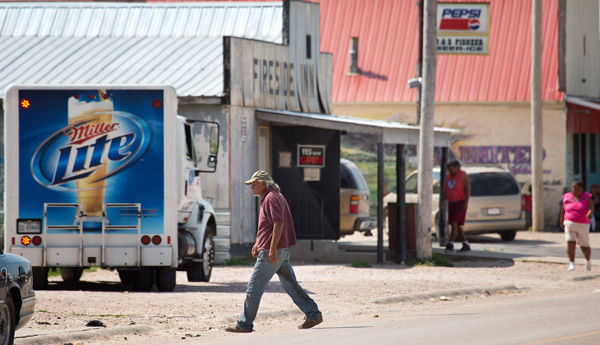Blog
Search
Blog
Megabrewer Merger Poses Public Health Threat
- Details
- Created: Monday, November 30 2015 16:56
November 30, 2015

The newly merged transnational corporation will see Africa (deemed the "final frontier for beer" by industry analysts) as a critical driver for growth. SABMiller is an established Big Beer corp that began as South African Breweries, captured more than 98% of the South Africa beer market, and acquired Miller Brewing Co. in 2002 after buying multiple other beer companies in several countries. It has already shown signs of exploiting Africa’s low per capita consumption of beer and targeting low-income populations to drive sales.
It looks like tobacco will remain part of the Big Beer mix, as well, if not gaining an even larger role. Tobacco giant Altria (Phillip Morris) currently owns 27% of SABMiller and holds 3 seats on the SABMiller board of directors. The new chair of its board is former chair of British American Tobacco. According to Altria, its leaders and shareholders look forward to participating in what will be the alcohol industry's largest company.
There are major differences in global accountability and regulation between tobacco and alcohol, in large part due to the lack of a global framework convention on alcohol control similar to the WHO tobacco control framework, which was the first global public health treaty.
And these are just two of the monumental risks to public health posed by an A-B InBev/SABMiller megabrewer.
ARG Study on Racial Disparities & Injury Risks
- Details
- Created: Monday, November 30 2015 15:03
November 30, 2015

ARG scientists presented these and other related findings at the 2015 American Public Health Association Annual Meeting.
View our fact sheet on Alcohol-Related Health Disparities here.
Nebraska ABC seeks bill for alcohol impact areas including Whiteclay
- Details
- Created: Monday, November 09 2015 13:56
November 9, 2015

The state LCB hopes the legislature will revive a bill to allow the state and localities to create alcohol-impact zones, where bans on single-serving containers of alcohol could be adopted. New Nebraska Governor Pete Rickets, Attorney General Doug Peterson, and Liquor Control Commission (LCB) Chair Bob Batt are a few of the state officials engaging in a conversation about potential actions to start addressing the multitude of alcohol problems, harms, and dangers stemming from Whiteclay. Washington State originally pioneered the idea of alcohol impact areas, allowing for restrictions on liquor licenses and bans on single-sale cans. Alcohol industry lobbyists successfully shot down such a bill in the Nebraska legislature in 2012, calling it an unfair advantage for businesses outside the alcohol-impact area.
An alcohol-impact zone containing Whiteclay is one step among many that are urgently needed to address the overwhelming amounts of alcohol-related harm and death experienced by members of the Oglala-Sioux Nation. A successful bill could positively impact not only Whiteclay and Pine Ridge Reservation, but also other towns and areas in Nebraska as well.
More Articles ...
Subcategories
Help us hold Big Alcohol accountable for the harm its products cause.
| GET ACTION ALERTS AND eNEWS |
STAY CONNECTED    |
CONTACT US 24 Belvedere St. San Rafael, CA 94901 415-456-5692 |
SUPPORT US Terms of Service & Privacy Policy |
Copyright © 2024 Alcohol Justice. All Rights Reserved.
Joomla! is Free Software released under the GNU General Public License.


